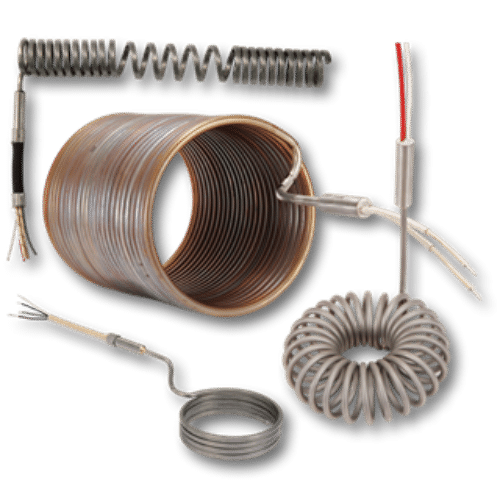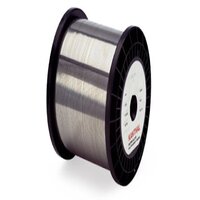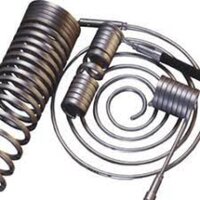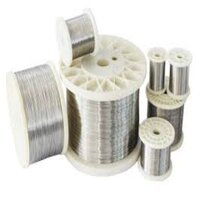HEATING ELEMENT
1600 INR/Kilograms
Product Details:
X
HEATING ELEMENT Price And Quantity
- 10 Kilograms
- 1600 INR/Kilograms
HEATING ELEMENT Trade Information
- 5000 Kilograms Per Month
- 7 Days
Product Description
For embedded and supported element types the wire temperature depends upon both the wire and the element surface load For the suspended element types the element surface load in most cases cannot be defined In addition to the surface load ambient temperature heating dissipating conditions and presence and location of other elements will influence the wire temperature and therefore also the choice of wire surface load and element surface load
SURFACE LOAD
When calculating an element voltage and rating are normally known The surface load for the heating element means the rating divided by element surface area of the energized wire Usually a range of surface loads and not one single figure is listed in the mentioned tables The choice within the range depends upon the requirements for the element It also depends upon voltage rating and dimensions available A high voltage and a low rating will result in a thin wire which at the same temperature has a shorter life than a thick wire and will therefore require a low wire surface load
The wire surface is then found as the ratio between rating and wire surface load
SURFACE AND RESISTANCE
After having calculated the resistance in cold state the ratio between the surface and the resistance is found This ratio is listed for all wire types and wire dimensions in the handbook for Resistance heating alloys and systems for industrial furnaces and the correct wire size can therefore easily be found from these tables
COIL PARAMETERS
The ratio between coil and wire diameter Dd must be calculated in order to check that the coil can easily be manufactured Recommended ratio Dd should be in the range of 512 In case of supported elements this ratio must be compared with the deformation curve at page 17 When the coil length and diameter are known the coil pitch s can be estimated by formula 17 in the Appendix Coil pitch s is normally 24 times the wire diameter d For quartz tube heaters a smaller pitch is normally used Preoxidized coils made from Kan thal FeCrAl in such elements can be used tightly wound
For a straight wire on a threaded ceramic rod and for many elements of the suspended type the wire length is fixed The resistance per meter can then be calculated and the wire size found from the tables of the handbook for Resistance heating alloys and systems for industrial furnaces If this results in too high a surface load in case of a ribbon a wider and thinner ribbon having the same crosssection can be chosen
METAL SHEATHED TUBULAR ELEMENT
Glowing coil inside tubular heating elementsThe calculation of a metal sheathed tubular element is more complicated since the resistance is reduced 10 to 30 as a result of the compression of the element For such elements the tube surface load is first determined according to the use of the element The wire surface load is normally 2 to 4 times greater After calculating the resistance from rating and voltage it has to be increased 10 to 30 in order to get the resistance after coiling The wire surface will become 2 to 7 smaller when the element has been reduced Since the tube length is increased through compression by rolling the tube surface often remains unaltered
Tell us about your requirement

Price:
Quantity
Select Unit
- 50
- 100
- 200
- 250
- 500
- 1000+
Additional detail
Mobile number
Email
 |
SURINDERA ENTERPRISES
All Rights Reserved.(Terms of Use) Developed and Managed by Infocom Network Private Limited. |

 Send Inquiry
Send Inquiry







